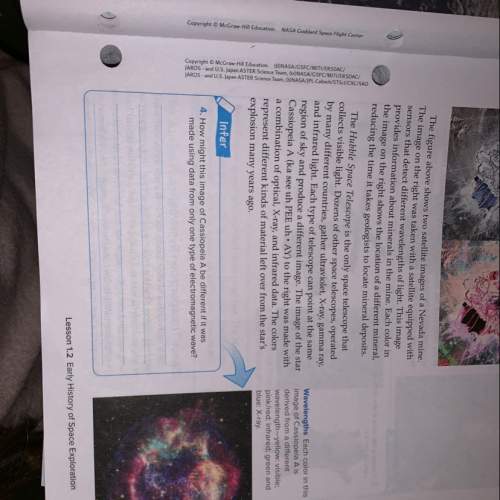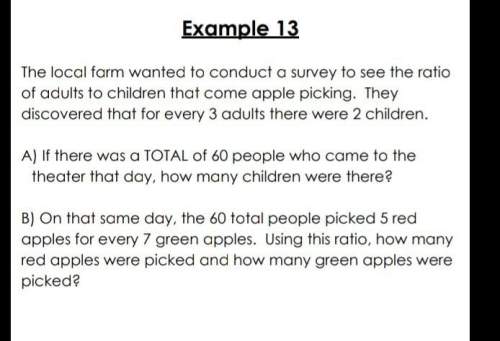
Mathematics, 02.07.2021 02:30 haimar8710
Assume that equation 1. f(x) = x2 (the black parabola), is the parent quadratic function. Equation 2, g(x) = (x - c)2 (the blue parabola), and equation 3, h(x) = x2 + d (the red parabola), are transformations of the parent function for various values of cand d. What happens as you change the values of c and d?

Answers: 1


Another question on Mathematics

Mathematics, 21.06.2019 18:30
Apsychology student wishes to investigate differences in political opinions between business majors and political science majors at her college. she randomly selects 100 students from the 260 business majors and 100 students from the 180 political science majors. does this sampling plan result in a simple random sample? why or why not? no, because each group of 200 students in the sample does not have the same chance of being selected. yes, because each group of 200 students in the sample has the same chance of being selected. no, because each individual student does not have an equal chance of being selected. yes, because each individual student has the same chance of being selected.
Answers: 1

Mathematics, 21.06.2019 19:30
Ann and betty together have $60 ann has $9 more than twice betty’s amount how much money dose each have
Answers: 1


Mathematics, 21.06.2019 23:00
If a company produces x units of an item at a cost of $35 apiece the function c=35x is a of the total production costs
Answers: 2
You know the right answer?
Assume that equation 1. f(x) = x2 (the black parabola), is the parent quadratic function. Equation 2...
Questions

Biology, 20.07.2019 08:40

Biology, 20.07.2019 08:40




Business, 20.07.2019 08:50




Physics, 20.07.2019 08:50



History, 20.07.2019 08:50

Social Studies, 20.07.2019 08:50

Biology, 20.07.2019 08:50

History, 20.07.2019 08:50

Social Studies, 20.07.2019 08:50

Biology, 20.07.2019 08:50


Social Studies, 20.07.2019 08:50





